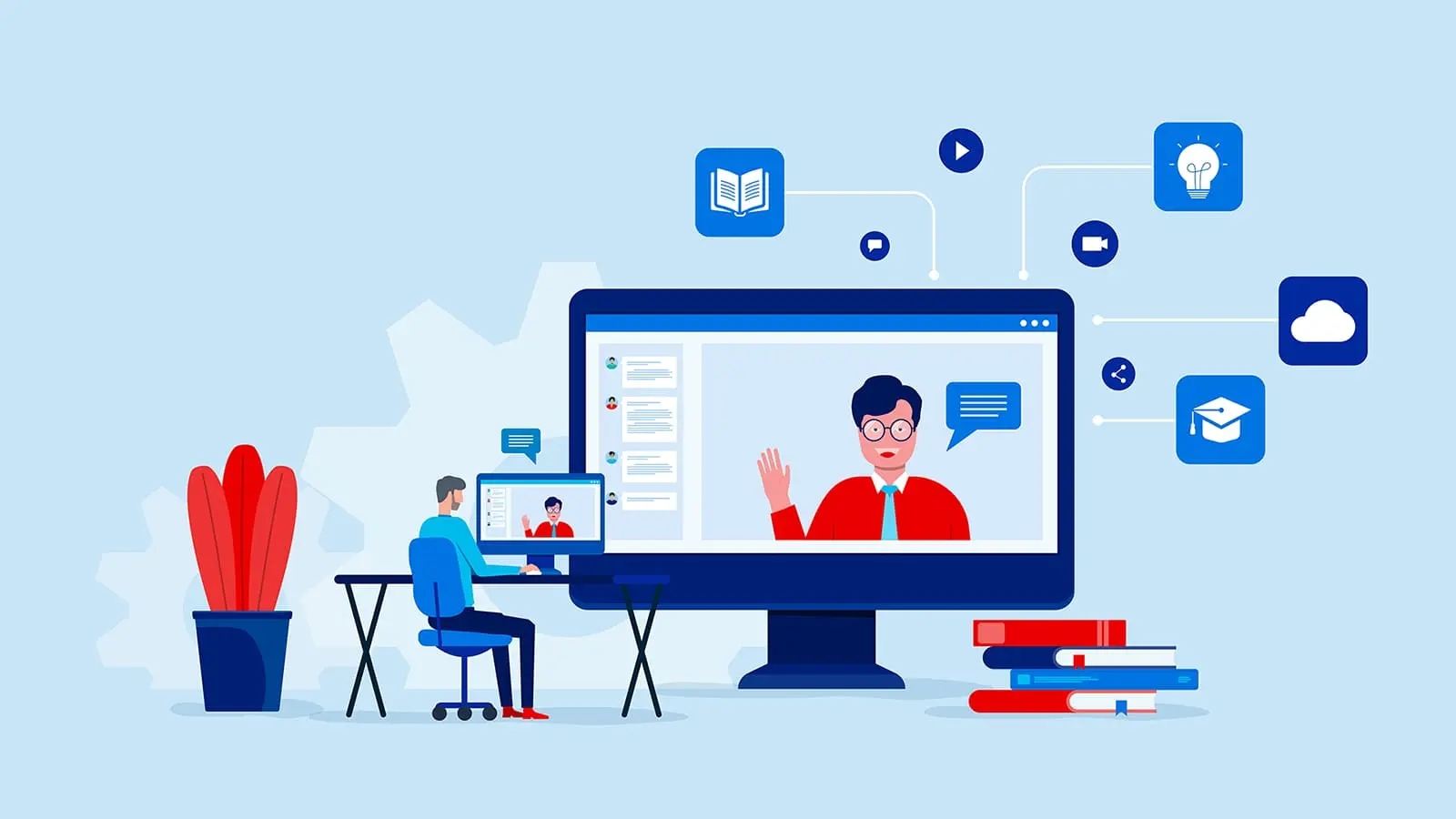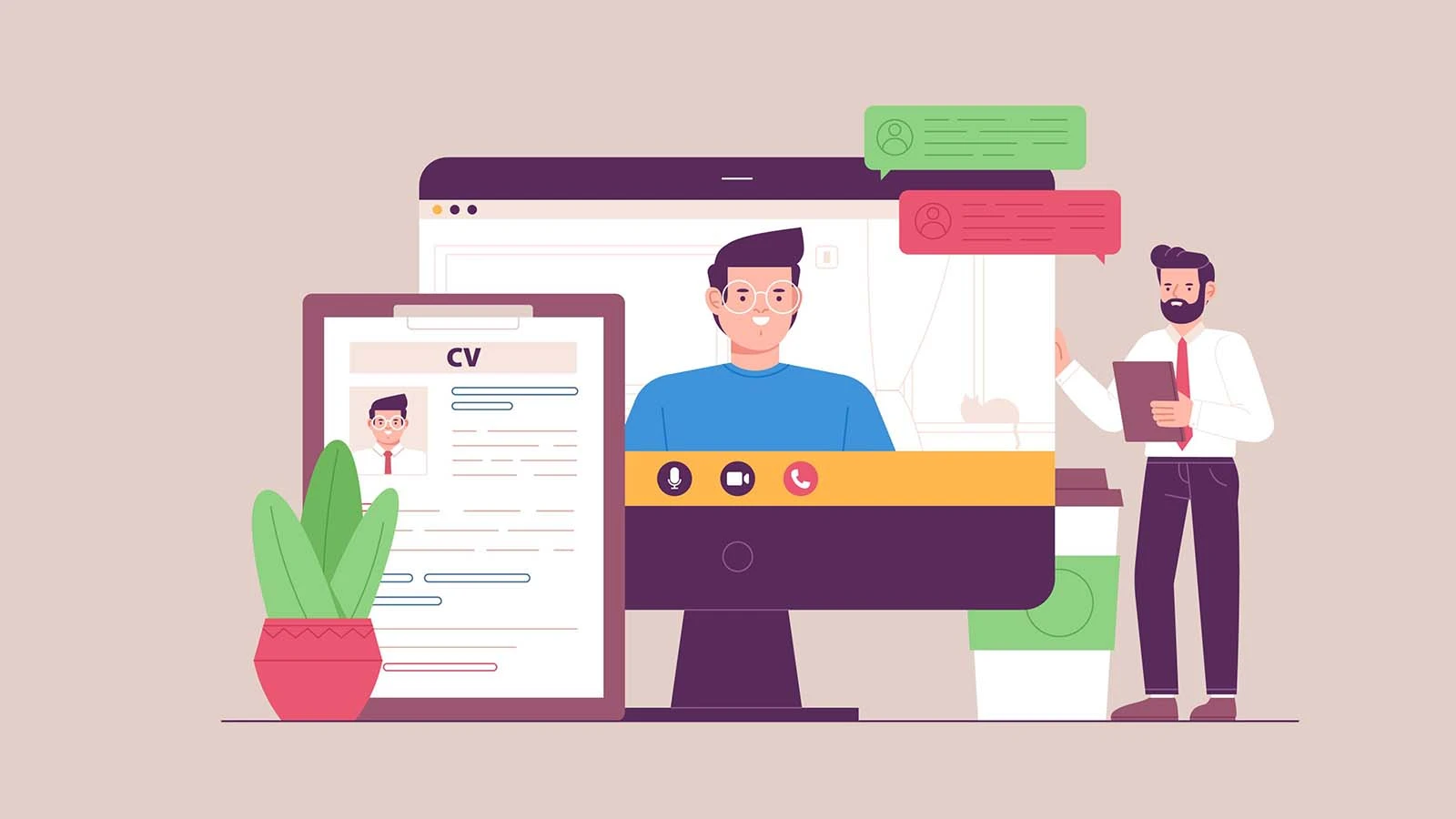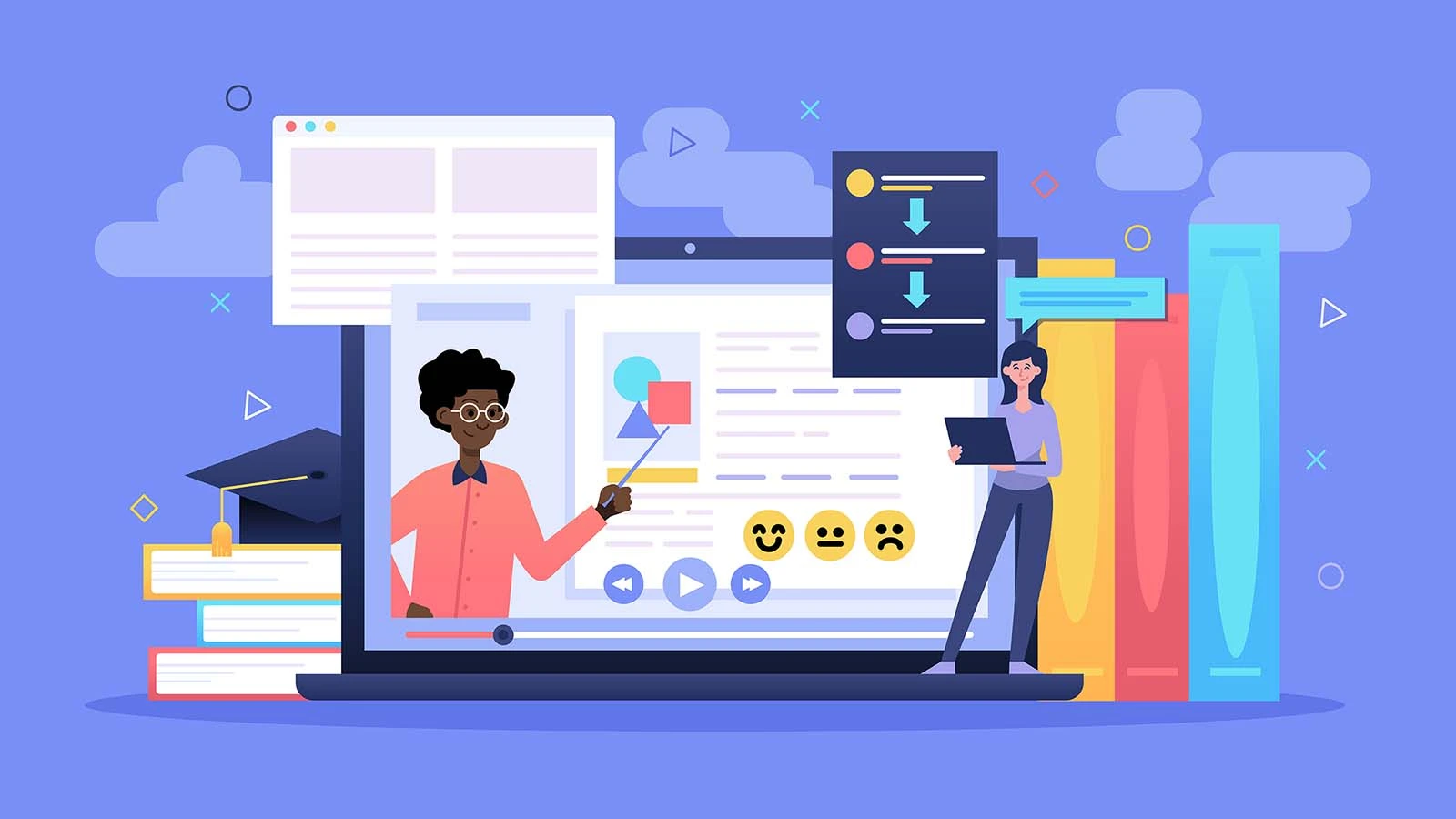Why do you need breakout rooms in Virtual classrooms
Rohit Kumar
28 Mar, 2022

A key benefit of virtual learning is its scalability and capacity to accommodate a large number of students with ease. Allowing a student to learn at his or her own pace boosts self-esteem and self-awareness, two crucial factors for student achievement. Teachers interact with students in real time in a virtual class, and students communicate and discuss subjects via chat or voice, this can be integrated with various underlying technological advances and lead to enhancement in the quality of experience.
This is where the differences in instruction mode, topic, and product come into play. Knowing the needs and learning styles of individual students will assist the teacher in planning her daily sessions, making the learning process more individualised and flexible. The teacher would know exactly who would benefit and how they would benefit, and would be able to deliver effective instruction. One such technological advancement is the introduction of breakout rooms in virtual classrooms, about which we will now be understanding a little.
Small groups enable increased individual attention.
Learning can only take place when all of an individual's efforts are directed in one direction and the student in question has his/her attention concentrated on the task at hand. Individual attention assists the learner in focusing and maintaining attention, making the available classroom time more productive. Learning is obviously hampered by scattered attention and working. If individual learner requirements are met during classroom instruction, a lot can be accomplished. It is possible that whole-class education does not give equitable learning opportunities. It may also cause boredom and become a barrier to further learning. Thus, providing the youngster with a predetermined education and evaluation programme tailored to his or her needs covers vast stretches toward maintaining interest. You can divide your class into multiple sessions accommodating a maximum of up to 200 users using core competence Virtual classrooms sessions. The meeting host can choose to divide the meeting's attendees into these different sessions automatically or manually.
Smooth collaboration with students becomes easy.
Collaborative learning, in general, is an active learning method based on the notion of two or more students working together to achieve a common goal. The focus of collaborative learning activities varies, but the majority focus on the learner's study or application of the curriculum rather than the teacher's presentation of it. It's crucial to keep in mind that effective collaborative learning isn't always simple. Making the switch to a new type of learning experience is rarely easy, and it may need a shift in everyone's mentality. Not only your coworkers, but also your students, and possibly you. The shift to collaborative ways should be viewed as a trip that you'll all take together. Student performance improves when collaborative activities are included in an online course. Active learning, shared information, social connection, and a supportive eLearning community are all aided by collaborative group interactions.
Decluttering and managing online classrooms is made simple
All of the actions we perform to organise the content on our devices, accounts, and other digital gadgets, as well as erase everything we no longer need or use, are referred to as digital decluttering. Less noise is beneficial for all students, but some kids, particularly those with neurodiversity, are more affected by it. Perhaps pupils who live in a house with little visual noise, creating a striking contrast between home and school. When we consider visual noise, we must also consider our pupils' digital interfaces. We've arrived at a point where students frequently log into an online platform, and professors have control over the visual interface that students use. Students need to know where to access information, therefore these interfaces must be clear, succinct, and consistent. Online visual cacophony should not become a deterrent to getting things done.
Student segregation for effective teaching can be availed.
When students are comfortable with one another, breakout rooms operate better. So, to persuade people to contribute something about themselves, start the session by asking them to address a question that isn't directly relevant to classwork. If students are given clear directions, breakout rooms can be very successful locations for student group collaboration. To guarantee that students participate in structured, focused, and productive conversations and activities, planning is essential. Any seasoned teacher knows the importance of effective grouping. Whether you divide students by aptitude, interest, readiness, student choice, or another criterion, grouping can increase the level of individual attention they receive. You aren't the only one who can draw attention to yourself. Students can have access to a number of resources to help fill their continuously changing needs if you provide the proper partners at the right time. Hence segregation of students based on the amount of attention they require is one way of effectively departing education in online classrooms where students otherwise tend to stay on their backfoot and lag behind due to improper attention.
Effective online examination with solo interaction is made possible.
Individual student voice and choice, as well as distinct learning routes, are fantastic methods to celebrate students as individuals in open-ended tasks. Supporting creativity and innovation in every assignment by presenting particularly innovative examples and models, pointing out nuance in the design of exemplary work, and even adding it as a marking criteria in rubrics is even better. Activities that are similar to games Good Peer assessment and reviews are a general indicator of skills and knowledge that allow each participant to reflect on their knowledge and then share their feedback in a consistent and structured manner. When you want learners to interact as part of the learning process while assessing their comprehension of a topic, you can use forum posts. You can use online polls and surveys to get immediate feedback from your audience on their learning experience. Learners can use dialogue simulations to prepare for real-life conversations with customers, coworkers, and others. Students can demonstrate their proficiency in a variety of subjects during brief online interviews and testing procedures that have now been made easy to conduct as well as appear in.
Assessment of Behavioural Core Competencies
For example, students struggling with a particular concept could be provided with additional resources or assigned to a different module via the e-learning and learning management system.
Read Blog




